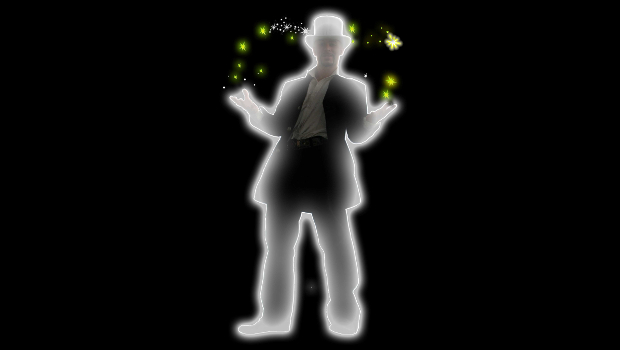The data scientist role was thrust into the limelight early this year when it was named 2016’s “hottest job,” and there’s been considerable interest in the position ever since. Just recently, the White House singled data scientists out with a special appeal for help.
Those in the job can expect to earn a median base salary of roughly $116,840 (€104,628) — if they have what it takes. But what is it like to be a data scientist? Read on to hear what three people currently on the front lines had to say.
Day breakdown
That data scientists spend a lot of time working with data goes without saying. What may be less obvious is that meetings and face-to-face time are also a big part of the picture.
“Typically, the day starts with meetings,” said Tanu George, an account manager and data scientist with LatentView Analytics. Those meetings can serve all kinds of purposes, she said, including identifying a client’s business problem, tracking progress, or discussing reports.
By midmorning the meetings die down, she said. “This is when we start doing the number crunching,” typically focused on trying to answer the questions asked in meetings earlier.
Afternoon is often spent on collaborative meetings aimed at interpreting the numbers, followed by sharing analyses and results via email at the end of the day.
Roughly 50% of George’s time is taken up in meetings, she estimates, with another 20% in computation work and 30% in interpretation, including visualising and putting data into actionable form.
Meetings with clients also represent a significant part of the day for Ryan Rosario, an independent data scientist and mentor at online education site Springboard. “Clients explain the problem and what they’d like to see for an outcome,” he said.
Next comes a discussion of what kinds of data are needed. “More times than not, the client actually doesn’t have the data or know where to get it,” Rosario said. “I help develop a plan for how to get it.”
Big picture
A lot of data science is not working with the data per se but more trying to understand the big picture of “what does this mean for a company or client,” said Virginia Long, a predictive analytics scientist at healthcare-focused MedeAnalytics. “The first step is understanding the area — I’ll spend a lot of time searching the literature, reading, and trying to understand the problem.”
Figuring out who has what kind of data comes next, Long said. “Sometimes that’s a challenge,” she said. “People really like the idea of using data to inform their decisions, but sometimes they just don’t have the right data to do that. Figuring out ways we can collect the right data is sometimes part of my job.”
Once that data is in hand, “digging in” and understanding it comes next. “This is the flip side of the basic background research,” Long said. “You’re really finding out what’s actually in the data. It can be tedious, but sometimes you’ll find things you might not have noticed otherwise.”
Long also spends some of her time creating educational materials for both internal and external use, generally explaining how various data science techniques work.
“Especially with all the hype, people will see something like machine learning and see just the shiny outside. They’ll say, ‘oh we need to do it,'” she explained. “Part of every day is at least some explaining of what’s possible and how it works.”
Best and worst
Meetings are George’s favourite part of her day: “They make me love my job,” she said.
For Rosario, whose past roles have included a stint as a machine learning engineer at Facebook, the best parts of the job have shifted over time.
“When I worked in Silicon Valley, my favourite part was massaging the data,” he said. “Data often comes to us in a messy format, or understandable only by a particular piece of software. I’d move it into a format to make it digestible.”
As consultant, he loves showing people what data can do.
“A lot of people know they need help with data, but they don’t know what they can do with it,” he said. “It feels like being a magician, opening their minds to the possibilities. That kind of exploration and geeking out is now my favourite part.”
Long’s favourites are many, including the initial phases of researching the context of the problem to be solved as well as figuring out ways to get the necessary data and then diving into it headfirst.








Subscribers 0
Fans 0
Followers 0
Followers